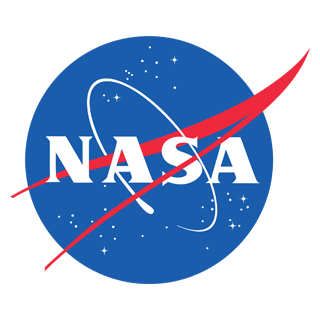Innovation At The Speed Of NASA?
A few days ago, I watched a fascinating insight into the physical differences and challenges between astronauts who landed on the moon in 1969 and astronauts selected for the future human Mars Mission.
When humans first set foot on the moon, the appointed crew were all outgoing and gregarious types, ex-test pilots with big personalities. Their travel time to the moon lasted just a couple of days, and whilst the physical strain on the body was seriously tough, psychologically they were never in any real danger of long term health damage. Earth was always in sight, and this beautiful place called home was a heck of a lot closer than Mars.
Now take the mission to Mars, 3 years travel in a black void, packed in a tightly confined space with little or anything to look at through the window, nothing but black space. The required personality of the Mars astronaut is entirely different from that of the moon landing. Although both missions are physically demanding, there's the added intense isolation to deal with, so the opposite personality traits are required.
This provides a serious challenge for NASA, as with such high levels of isolation comes issues with mental well-being – so how do you measure this remotely? How do you track the emotional well-being of your crew who are light-years away, and collate authentic data to flag potential mental health issues? Without an effective way to do this, the crew and indeed the mission itself could ultimately be jeopardised. Once the rocket has activated space flight, there's simply no turning back. It uses a sling shot method to enter Mars’ orbit, so the crew are literally on their own for a very long time.


NASA’s answer is to develop a facial detection programme that tracks facial expressions across negative, neutral and happy states. The human expression through the face reveals a person’s honest emotions, therefore this method of tracking is much more reliable than anything they’ve tested in the past. Using advanced algorithmic facial detection, teams on the ground can assess advance indicators of astronaut’s mental state and provide solutions.
This excited me, as last year my team of innovators at Kommando actually developed our very own version of this experiential technology, this time for applications experiential marketing.
“EmotiBox” operates autonomously at events and within experiential zones to track and report on visitor and customer experience. Emotibox is small and inconspicuous, runs for over 24 hours on its own battery power if required and using a tiny camera provides gender, age and expression measurement including happy, neutral and negative emotions. Needless to say, we don't go to the same lengths as NASA, but you get the jist! The real-time data obtained from the EmotiBox is used to respond to consumer reactions as an event unfolds, as well as improve staff training, as let’s face it, who wants to be greeted by an unhappy member of promotional staff?
Productivity and campaign effectiveness is improved through the use of the technology. Let's say the target audience is mainly aged 30+ but the staff and the design of the event itself attracts more males aged 17-30, then real time data can immediately influence simple re-positioning, stand or road-show design alterations and re-training. This real time feedback will enable a quick re-appointing of assets and efforts to attract the correct demographic... Ultimately this data and evaluation improves ROI, saves money and leaves a more positive visitor experience.
Where big budgets are invested in UK wide tours or beyond, Kommando events are loaded with Emotibox technology that ensure the experience remains consistently at the highest of standards. What we are really looking for here on earth, is smiles all round.
Got an experiential project you'd like to chat about? We'd love to hear from you.






